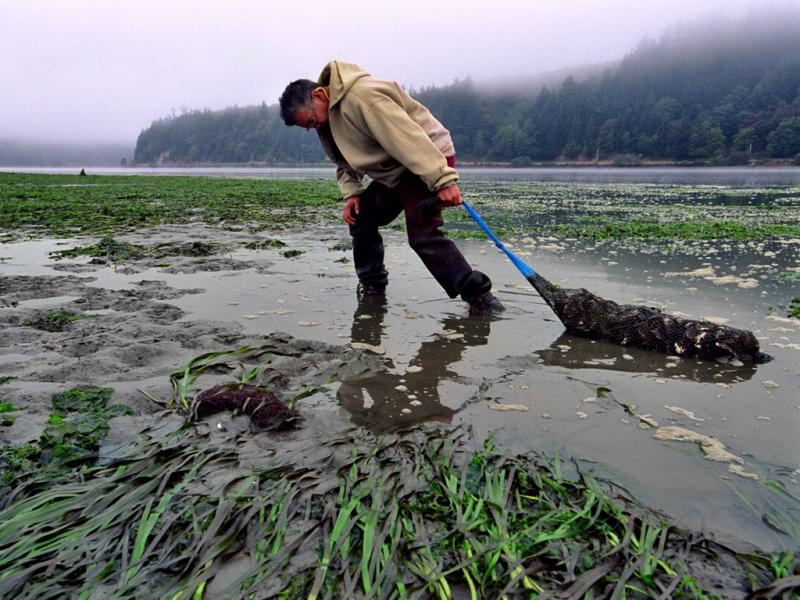Protecting and Enhancing the Resilience of Ecosystems
The U.S. government has identified seven goals to help fish, wildlife, plants, and ecosystems cope with the impacts of climate change (National Fish, Wildlife and Plants Climate Adaptation Strategy). These goals are designed to inspire and enable natural resource managers, legislators and other decision makers to take effective steps toward climate change adaptation over the next five to ten years:
- Conserve habitat to support healthy fish, wildlife, and plant populations and ecosystem functions in a changing climate.
- Manage species and habitats to protect ecosystem functions and provide sustainable cultural, subsistence recreational, and commercial use in a changing climate.
- Enhance capacity for effective management in a changing climate.
- Support adaptive management in a changing climate through integrated observation and monitoring and use of decision support tools.
- Increase knowledge and information on impacts and responses of fish, wildlife, and plants to a changing climate.
- Increase awareness and motivate action to safeguard fish, wildlife, and plants in a changing climate.
- Reduce non-climate stressors to help fish, wildlife, plants, and ecosystems adapt to a changing climate.
These goals are excerpted from the report National Fish, Wildlife, and Plants Climate Adaptation Strategy, Chapter 3.
Developing and providing access to the relevant information and tools needed to meet these goals are among the greatest ongoing challenges in protecting and enhancing the resilience of ecosystems. Efforts are underway to collect information on the changes that are happening and that will occur in the future, and to integrate the data into research and analysis that supports our understanding of possible outcomes for ecosystems.
For more information, see Federal Agency Coordination for Natural Resource Management.
To meet the demand for information, federal agencies have established several networks of science and data providers, developed many types of climate tools and services, and provided numerous innovations in modeling and prediction. However, the federal government alone cannot address all of the implications of climate impacts on our natural resources. Addressing climate change and fostering the resilience of our natural resources will require leveraging the skills, tools, and innovations of the entire nation. Fostering this level of innovation and adaptive capacity to address changes will require improved collaboration and strengthening the ability of all parties to bring resources to the table to help the nation sustain and restore its natural resources.
One of these efforts is this U.S. Climate Resilience Toolkit, which serves as a web-based resource providing authoritative, accessible, usable, and timely information, data, and tools to help decision makers and the public maintain ecosystems and the services they provide.

